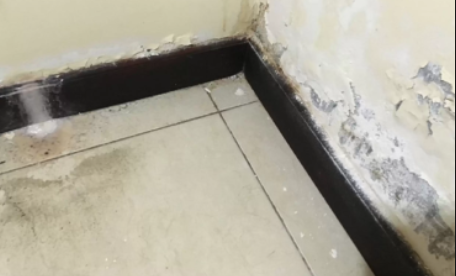How To Detect Water Leak In Kitchen Hill Crest San Diego?

Plumbing leaks can cause a lot of damage to your home if they’re not fixed promptly. And since many leaks occur behind walls or under floors, they can be hard to detect. That’s why it’s important to know how to spot the signs of a plumbing leak, so you can take action before serious damage occurs.
Check Your Water Meter
One of the simplest ways to check for leaks is to take a look at your water meter. If it’s running even when no one is using water in your home, that’s a sure sign you’ve got a leak somewhere.
Look For Water Stains On Ceilings Or Walls
Water stains on your ceilings or walls are another telltale sign of a plumbing leak. If you see any, it’s important to track down the source of the leak and have it repaired as soon as possible to avoid further damage.
Check For Mold Or Mildew
Mold and mildew love damp, dark places-which makes them a common issue in homes with plumbing leaks. If you start to see mold or mildew growing in your home, it’s a good indicator that you’ve got a leak somewhere.
Listen For Dripping Sounds
Plumbing leaks often make dripping sounds, so if you start hearing water dripping in your home when no one is using any fixtures, there’s a good chance you’ve got a leak.
Feel For Damp Spots On Floors Or Walls
If you suspect you have a leak but can’t find any visible signs, try feeling for damp spots on your floors or walls. These can be another indication that there’s a hidden leak somewhere in your home.
Check For Loose Tiles
Another sign of a hidden leak is loose tiles on your floors or walls. If the grout around your tiles is damp or crumbling, it’s a good indication that there’s water seeping through from somewhere else.
Look For Peeling Paint
Peeling paint is yet another sign of moisture in your home, so if you start seeing it anywhere, it’s a good idea to track down the source of the moisture to see if there’s a leak.
Smell For Musty Odors
If you start smelling musty odors in your home, it could be a sign that there’s mold or mildew present-which is often caused by plumbing leaks.
Check Under Sinks And Behind Toilets
Since these are common places for leaks to occur, it’s a good idea to check under your sinks and behind your toilets regularly for any signs of moisture or water damage.
Examine Your Water Bill
If you notice a sudden spike in your water bill, it could be an indication that you have a plumbing leak somewhere in your home.
Have Your Home Professionally Inspected
If you’re still not sure whether you have a plumbing leak, the best thing to do is to have your home professionally inspected by a qualified contractor. They’ll be able to track down any hidden leaks and repair them before they cause serious damage.
Use A Water Leak Detection System
If you want to be extra proactive about detecting plumbing leaks, you can invest in a water leak detection system. These systems are designed to shut off your water automatically if they detect a leak, which can help prevent extensive water damage in your home.
Conclusion
Taking the time to learn how to detect plumbing leaks can save you a lot of headache (and money) down the road. So if you think you might have a leak, don’t hesitate to take action and have it repaired as soon as possible. For more information, contact Plumber Hill Crest San Diego at (619) 432-4343.